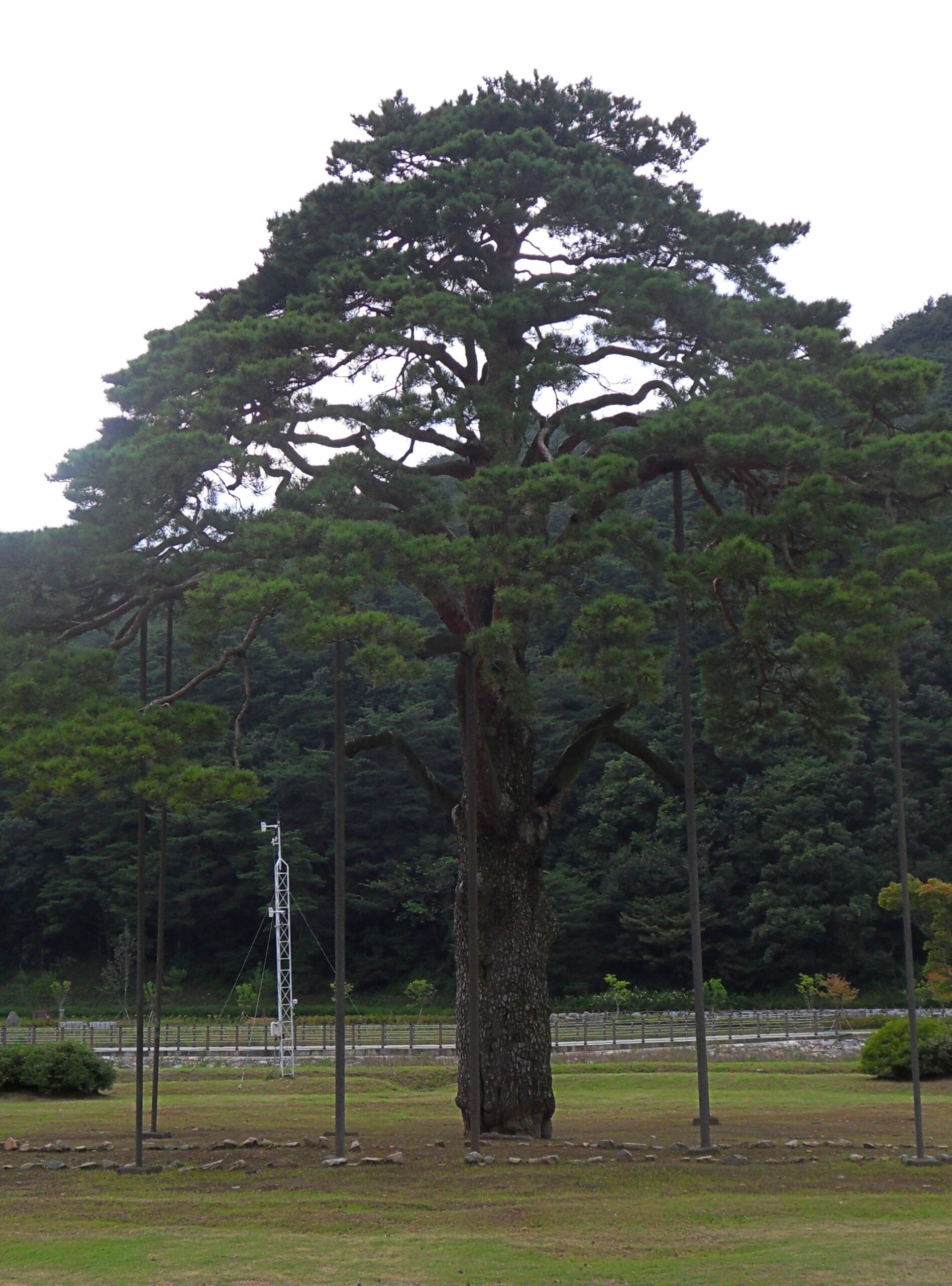What is the Turpentine Beetle?

The Turpentine Beetle, comprising the black turpentine beetle (Dendroctonus terebrans) and the red turpentine beetle (Dendroctonus valens), is a significant pest affecting pine trees in North America. These beetles primarily target stressed or injured pines, exploiting vulnerabilities to infest and feed on the phloem tissue.
What are the Signs of Turpentine Beetle Infestation?

Visual Indicators of Turpentine Beetle Infestation
- Pitch Tubes: Large, pink to reddish-brown pitch tubes around the base of the tree, often accompanied by white granular material on the ground.
- Bark Texture and Color: Discoloration, cracks, or lesions on the bark, particularly on the lower trunk and roots.
- Sap Flow Measurements: Disrupted sap flow, respiration, and photosynthesis due to the beetles pushing toxic sap into the tree.
Attack Patterns of Turpentine Beetles
- Timeline of Infestation: Infestations typically occur in the spring to early summer, with beetles emerging from recently cut stumps and dying trees.
- Physiological Effects: Beetles disrupt vital processes, causing tree mortality, especially when attacks are numerous and persistent.
- Quantity of Beetles: Multiple generations can occur in a year, and significant damage can result from repeated attacks over time.
How to Prevent and Manage Turpentine Beetle Infestations?
Chemical Treatments for Turpentine Beetle Control
- Pesticide Formulations: Carbaryl, chlorpyrifos, or permethrin applied to the lower 6-8 feet of the tree trunk can prevent infestations.
- Application Timing: Apply pesticides during the spring to early summer when beetles are most active.
Cultural Practices for Turpentine Beetle Management
- Proper Tree Maintenance: Watering, fertilizing, and pruning to improve tree health and reduce stress.
- Remove Infested Trees: Identify and remove infested trees to prevent the spread of beetles to adjacent trees.
Biological Control Methods for Turpentine Beetles
- Natural Predators: Encourage natural predators, such as woodpeckers, to control beetle populations.
- Parasitic Wasps: Introduce parasitic wasps that target turpentine beetles, such as Dendroctonus species.
References
- University of Florida: Black Turpentine Beetle
- USDA Forest Service: Red Turpentine Beetle
- Arborist Now: Monterey Pine Threat: Red Turpentine Beetle
The Turpentine Beetle, comprising the black turpentine beetle (Dendroctonus terebrans) and the red turpentine beetle (Dendroctonus valens), is a significant pest affecting pine trees in North America. These beetles primarily target stressed or injured pines, exploiting vulnerabilities to infest and feed on the phloem tissue.
What are the Signs of Turpentine Beetle Infestation?
Visual Indicators of Turpentine Beetle Infestation
- Pitch Tubes: Large, pink to reddish-brown pitch tubes around the base of the tree, often accompanied by white granular material on the ground. These pitch tubes are the tree’s defense mechanism, as it tries to push the beetles out by exuding sap.
- Bark Texture and Color: Discoloration, cracks, or lesions on the bark, particularly on the lower trunk and roots, can indicate the presence of turpentine beetles.
- Sap Flow Measurements: Disrupted sap flow, respiration, and photosynthesis due to the beetles pushing toxic sap into the tree can be observed.
Attack Patterns of Turpentine Beetles
- Timeline of Infestation: Infestations typically occur in the spring to early summer, with beetles emerging from recently cut stumps and dying trees. This is when the beetles are most active and searching for new hosts.
- Physiological Effects: Beetles disrupt vital processes, causing tree mortality, especially when attacks are numerous and persistent. The beetles feed on the phloem tissue, which is essential for the tree’s nutrient and water transport.
- Quantity of Beetles: Multiple generations can occur in a year, and significant damage can result from repeated attacks over time. A single tree can host hundreds or even thousands of turpentine beetles, leading to its eventual demise.
How to Prevent and Manage Turpentine Beetle Infestations?
Chemical Treatments for Turpentine Beetle Control
- Pesticide Formulations: Carbaryl, chlorpyrifos, or permethrin can be applied to the lower 6-8 feet of the tree trunk to prevent infestations. These insecticides target the adult beetles and disrupt their ability to colonize the tree.
- Application Timing: Pesticides should be applied during the spring to early summer when the beetles are most active and searching for new hosts. This helps to intercept the beetles before they can establish themselves in the tree.
Cultural Practices for Turpentine Beetle Management
- Proper Tree Maintenance: Maintaining the overall health of pine trees through proper watering, fertilizing, and pruning can help reduce their susceptibility to turpentine beetle attacks. Healthy, vigorous trees are less likely to be targeted by these pests.
- Remove Infested Trees: Identifying and removing infested trees is crucial to prevent the spread of turpentine beetles to adjacent, healthy trees. Infested trees should be promptly removed and disposed of to eliminate the beetle population.
Biological Control Methods for Turpentine Beetles
- Natural Predators: Encouraging the presence of natural predators, such as woodpeckers, can help control turpentine beetle populations. Woodpeckers are known to feed on the beetles and their larvae, providing a natural form of pest management.
- Parasitic Wasps: Introducing parasitic wasps that target turpentine beetles, such as Dendroctonus species, can help reduce the beetle population through parasitism and predation.
By understanding the signs of turpentine beetle infestation, implementing a combination of chemical, cultural, and biological control methods, and staying vigilant, pine tree owners can effectively manage and prevent the devastating effects of these pests.
References
- University of Florida: Black Turpentine Beetle
- USDA Forest Service: Red Turpentine Beetle
- Arborist Now: Monterey Pine Threat: Red Turpentine Beetle
